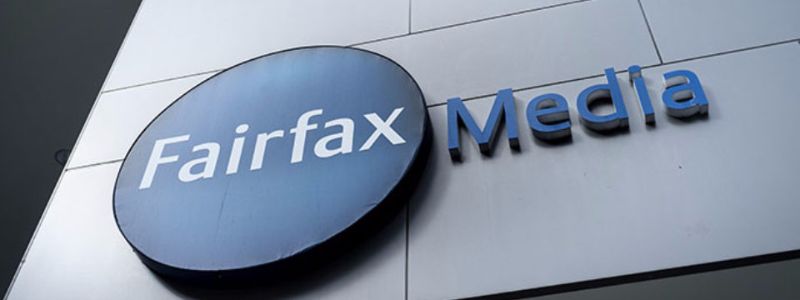Fairfax Media is a 185 year old newspaper company, that over the last 6 (or so) years has transformed itself into diversified media business. So as well as The Age, the AFR and Sydney Morning Herald, now also think of Domain, Stan and RSVP, amongst others.
Greg Hywood is the CEO and Managing Director of Fairfax Media. Greg presented at the Leader’s Edge Luncheon in Brisbane last week. The discussion triggered reflections for me on the nature of transitions, cultural change and “the circle of misinformation”.
Transitions
- Clearly the transition for Fairfax was massive. 35% reduction in headcount, reduce a $1.8b cost base by $500m, a multi-year effort that tackled core business and developed new businesses, revenue streams to replace ones that had become less and less relevant for customers.
- Mr Hywood, rhetorically asked – how do you maintain morale during something like this..? His response – forget it..! Accept that morale will disappear. Stay focussed on your goals and press ahead.
- Reminds me of a transition I observed within a GOC that lasted many years (not that it needed to). Morale disappeared. The goals were not clear. And years later people still refer to this transition as “horrendous”. Long and drawn out, pretending to maintain some sort of morale. Compared to a more recent transition of a large organisation that took a couple of months. Take the hit on morale, move on quickly, and get the focus back on the goals. Whilst at all times demonstrating respect for people.
Cultural change
- In the print media industry there is what’s known as the “print culture”, the people who hold the view that online media, stories will never replace newspapers. They say there is something unique about a tactile newspaper, the quality of how well the story is written, the overall experience is irreplaceable.
- So how did Fairfax overcome the dominant print culture within their fine institution..? “We basically put the digitals guys in charge of print“. In this way Fairfax were able to bring new thinking to their old world problem, which in turn produced age and customer appropriate ideas and solutions.
- How often have we tried to change entrenched, assumptions, beliefs and ideals on mass. How often is it genuinely successful..? Pretty rare. I’ve seen some organisations be content with compliance rather than – cultural change – the genuine change of heart about those beliefs and assumptions that drive our thinking and behaviours. However, when it comes to solving organisational challenges later, the thinking hasn’t changed so the old problems cannot be addressed.
- Sometimes if the change is significant enough, then the people may need to change.
The circle of misinformation
- Mr Hywood spoke of the importance of quality journalism still for the print and digital brands.
- Yet the circle of misinformation takes place where a story breaks and is reported. Social media fires up over the story and provides commentary. As the story develops expert opinions are sought and reported. Social media by this point has already formed an opinion, and the experts are often discredited or shot down. Which creates even further misinformation.
- Social media might give people a voice for their opinion, but it is still only their opinion. Facts should still be worth something.
- As examples of misinformation, he quoted Brexit and the USA currently – where misinformation leads public opinion. Interesting observations.
Thanks to the AICD and Griffith University Business School for sponsoring the event..!
You may want to look at this article on How to keep your strategy fresh, or even look into the principles of evidence-based leadership on this page or in this whitepaper.



